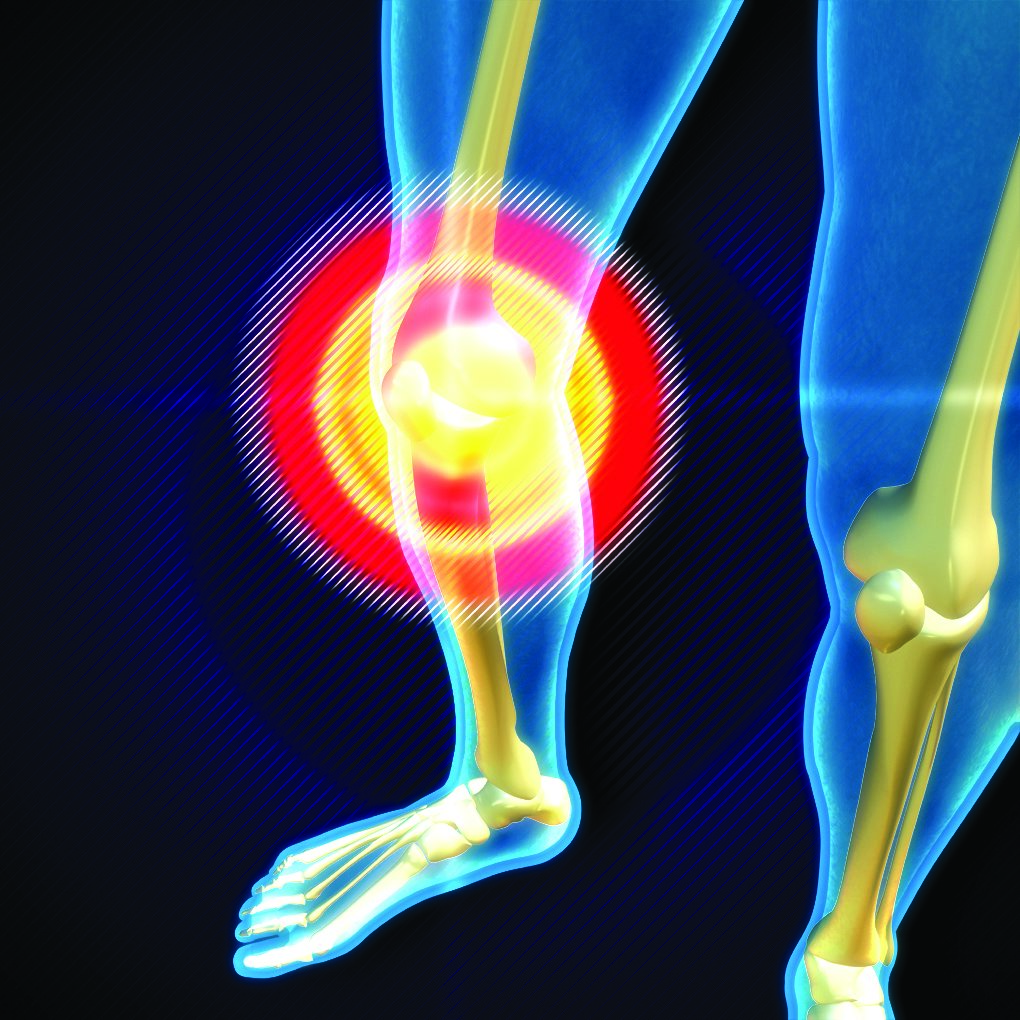Have you gotten to the point where you’ve had it with your knee pain? Have simple activities like going for a walk or going up and down your stairs become excruciating?
If you’ve …
This item is available in full to subscribers.
We have recently launched a new and improved website. To continue reading, you will need to either log into your subscriber account, or purchase a new subscription.
If you are a current print subscriber, you can set up a free website account by clicking here.
Otherwise, click here to view your options for subscribing.
Please log in to continue |
|

Have you gotten to the point where you’ve had it with your knee pain? Have simple activities like going for a walk or going up and down your stairs become excruciating?
If you’ve reached this stage with your knee pain, a Total Knee Replacement (TKR) may be just what you need. For about 90% of people, this type of surgery is very effective at dramatically reducing their pain, and most of them return to the activities they enjoy after completing their rehab. Sounds great, right? But like most major surgeries, a portion of people will experience complications.
The most common complication following a TKR is what we refer to as “Stiff Knee Syndrome” (or in medical terms “arthrofibrosis”). Following surgery, scar tissue can build around the knee. People who experience this condition end up with a permanent loss of either bending or straightening their surgical knee, which is associated with long-term pain. The good news about Stiff Knee Syndrome is this: for many people it’s avoidable.
While there are factors outside your control, such as your body’s tendency to lay down excess scar tissue, there is one extremely important factor that you can control: the condition of your knee heading into surgery.
Most people don’t tend to think about what they should be doing heading into their TKR surgery. Instead, they’re focused on what will happen during and after surgery, which is understandable. However, a study published by the Journal of Bone & Joint Surgery in 2014 found a 29% reduction in post-operative costs for those people who participated in “pre-hab” prior to TKR surgery. These same people had significantly shorter length of stays in the hospital, and fewer of them needed to go to a skilled nursing facility.
If you’re planning on having a total knee replacement in the next 2 months, now is the ideal time for you to start getting your knee ready for a speedy recovery! Here are 3 essential tips that will help you cut down your rehab time/cost and help you avoid stiff knee syndrome:
1. Improve your knee flexibility as much as possible. One of the hardest things to accomplish after TKR surgery is getting your knee to fully bend and straighten. The more flexibility (range of motion) you have prior to surgery, the easier it will be to gain full motion during rehab.
2. Increase your quadriceps muscle strength. Your “quad” muscles take a real beating during TKR surgery and can be difficult to activate during rehab. However, if you have good control of your quad muscles before heading into surgery, you’ll have a much easier time getting them to activate following surgery. This will help you become more active sooner.
3. Keep Active! If walking is too painful prior to surgery, consider either exercising in a pool or riding a stationary bike. You’re going to want as much strength and flexibility in your knees and hips during your post-op phase, which will again make your recovery quicker and less painful.
Having a TKR is a major surgery and typically requires 3-6 months of rehabilitation and physical therapy. So if you’ve decided you’re ready for this surgery, start improving your recovery right now by following the 3 tips outlined above.
Good luck!
Dr. Jess
Jessica L. Papa, PT, DPT
Owner of Arancia Physical Therapy
Jessica@AranciaPT.com
Comments
No comments on this item Please log in to comment by clicking here